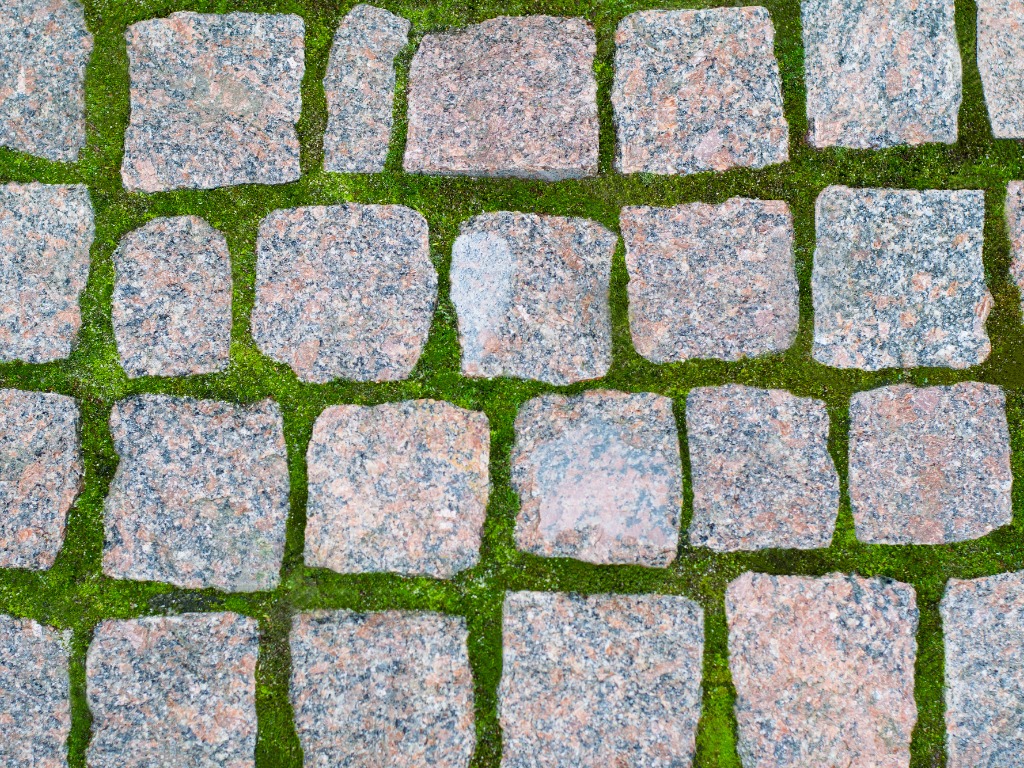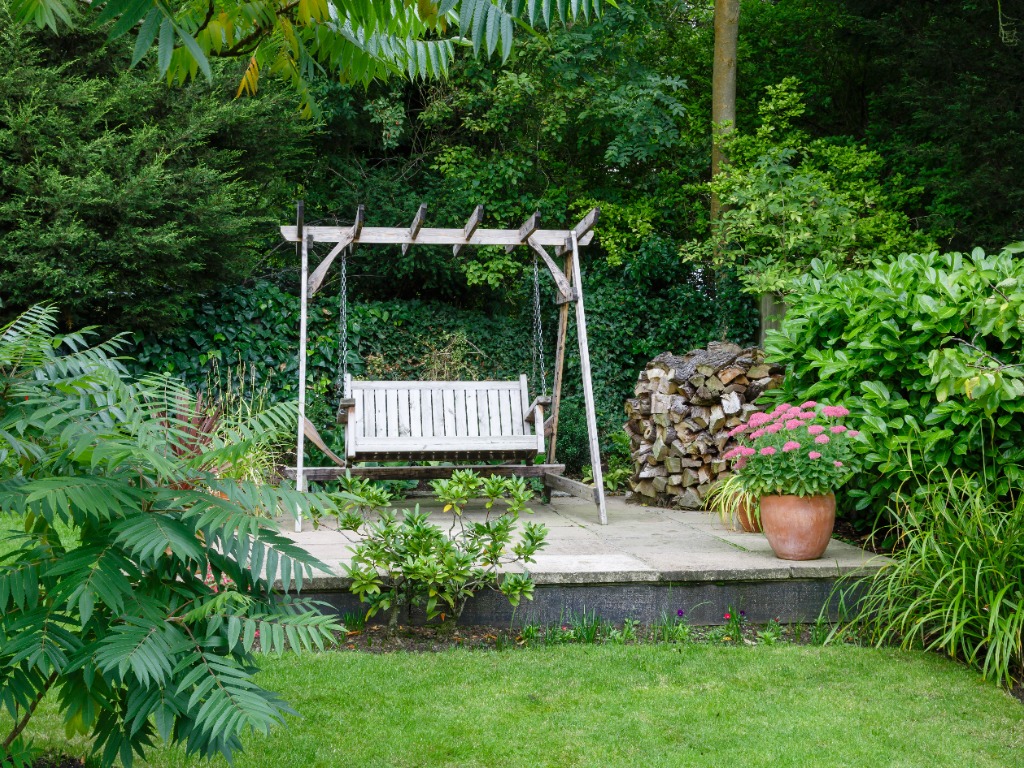In recent years, the term ‘Sustainable Drainage Systems’ (SuDS) has gained traction amongst homeowners, drainage specialists, and those with a keen interest in sustainable development.
But what exactly are Sustainable Drainage Systems, and why are they becoming an essential part of modern infrastructure?
This blog post aims to demystify SuDS, explore how they work, and discuss their importance in today’s environmentally conscious world. Additionally, we will suggest effective ways of making your garden drainage more sustainable.
Definition of Sustainable Drainage Systems (SuDS)
Sustainable Drainage Systems, or SuDS, are a collection of water management practices that aim to align modern drainage systems with natural water processes. The goal of SuDS is to minimise the impact of urbanisation on our natural water cycles, reduce water pollution, and manage flood risks effectively.
In natural settings, rain lands on porous surfaces and seeps into the soil, a process known as infiltration.
In contrast, urban areas with extensive building and paving limit natural infiltration. Here, drainage systems with pipes and culverts redirect surface water to nearby watercourses. Unfortunately, this setup has led to downstream flooding and a decline in river water quality. The issue arises when surface water overwhelms foul sewers, causing the discharge of contaminated water into rivers.
How do SuDS Work?
Unlike traditional drainage systems that rely on pipes and concrete to direct rainwater away from built-up areas quickly, SuDS aim to mimic natural processes by soaking up, storing, and slowly releasing water back into the environment.
By emulating natural drainage patterns, SuDS seek to minimise surface water flooding, enhance water quality, and boost the environmental amenity and biodiversity. This is accomplished by decreasing flow rates, expanding water storage capacity, and lessening pollution transport to water bodies.
SuDS work by intercepting rainwater at its source and managing it through a variety of techniques. These include permeable surfaces that allow water to seep through the ground, green roofs that absorb rainwater, rain gardens that temporarily store and filter water, and detention basins that hold water during heavy rainfall before slowly releasing it. This multi-faceted approach not only reduces pressure on conventional drainage systems but also enhances biodiversity and improves water quality by filtering out pollutants.
Government measures being taken to create sustainable urban drainage systems
In response to the pressing need for flood risk management and to address the adverse effects of urban runoff and sewer flooding, the UK Government has been proactive in advocating for the creation of sustainable urban drainage systems (SuDS). Recognizing the challenges posed by urban development, several measures and initiatives have been either proposed or implemented to facilitate the integration of SuDS into both new and existing developments.
Firstly, the UK Government has been encouraging the use of retention ponds and infiltration basins in new urban developments. These features are designed to manage surface water runoff by temporarily holding water and allowing it to naturally infiltrate into the ground, respectively. This not only reduces the risk of sewer flooding by alleviating pressure on the sewage system but also mitigates flood risks by controlling the flow of stormwater into nearby watercourses.
Additionally, planning policies have been revised to require the inclusion of SuDS in new developments wherever feasible. This policy shift aims to ensure that urban development projects contribute positively to the management of urban runoff and flood risks. The emphasis is on making SuDS an integral part of the urban landscape, contributing to the creation of greener, more sustainable communities.
These efforts underscore the importance of integrating sustainable water management practices into the fabric of urban infrastructure, ensuring the long-term health and safety of the environment and its inhabitants.
Whilst the Government works to design and implement sustainable urban drainage systems across the UK, there are measures you can take to encourage this effort in your own back garden and prevent flooding and contamination on a local level.
How to create a sustainable drainage system in your garden
With a sustainable drainage system operating in your back garden, you can manage surface water, recharge groundwater supplies and typically manage rainfall close to where it falls, rather than overburdening the drainage systems.
Here are some changes and additions you can make to your garden to help aid the natural water cycle.
Install permeable paving
 Instead of traditional, impermeable materials like concrete or asphalt, consider using permeable paving in your garden. This type of surface allows rainwater to seep through into the ground, reducing runoff and enhancing the recharge of groundwater. Permeable paving can be used for paths, driveways, and patios, making it a versatile solution for sustainable drainage.
Instead of traditional, impermeable materials like concrete or asphalt, consider using permeable paving in your garden. This type of surface allows rainwater to seep through into the ground, reducing runoff and enhancing the recharge of groundwater. Permeable paving can be used for paths, driveways, and patios, making it a versatile solution for sustainable drainage.
Create a rain garden
A rain garden is a shallow, planted depression designed to capture and filter runoff from roofs, driveways, and other hard surfaces. By planting native shrubs, perennials, and flowers, you not only beautify your garden but also create a natural filtration system that can absorb pollutants and allow for the slow release of water into the ground.
Use rain barrels or water butts
Capturing rainwater from downspouts in barrels or water butts is an effective way of managing stormwater at its source while providing a valuable resource for watering plants during dry periods. This simple action can significantly reduce the demand on municipal water supplies and prevent excess water from overwhelming drainage systems.
Incorporate swales and contours
Swales, shallow channels with gently sloped sides, can be integrated into the landscape design to direct runoff to areas where it can be absorbed, such as rain gardens or ponds. By using the natural contour of the land, swales not only manage water flow but also contribute to the aesthetic and biodiversity of the garden.
Plant trees and increase greenery


Utilise a soakaway system
A soakaway system is a large hole or pit filled with stones, gravel, sand and soakaway crates that serves as an underground storage vessel for excess rainwater. This approach can be particularly useful in areas where space is limited, and traditional SuDS techniques are not feasible.
Install catch basins and sump basins
Catch basins are underground chambers that collect rainwater and store it until it can be gradually released into the ground or drainage system — when a groundwater recharge is needed. They also act as a filtering mechanism; they collect sediment and contaminants, thereby protecting your drainage system from clogging. Sump basins, on the other hand, act as a reservoir for excess groundwater and can help to prevent flooding by slowly releasing water back into the environment.
Consult with a professional about effective surface water drainage systems


FAQs
Q: Are SuDS more expensive than traditional drainage systems?
A: While the upfront cost can in some cases be higher, SuDS offer long-term savings by reducing flood damage, improving water quality, and providing ecosystem services.
Q: Can I implement SuDS in my existing property?
A: Absolutely. Many SuDS techniques, such as rain gardens or permeable paving, can be retrofitted into existing properties to enhance drainage and contribute to sustainability.
Q: Do SuDS require a lot of maintenance?
A: SuDS are designed to be low maintenance. However, regular checks and occasional upkeep, such as clearing debris from permeable surfaces, ensuring vegetation health, and inspecting rainwater harvesting systems, are recommended to maintain efficiency and effectiveness.
Q: Is planning permission required to install SuDS in my garden?
A: In many cases, planning permission is not required for installing SuDS in residential gardens, especially for smaller installations like rain gardens or water butts. However, for more extensive systems or changes that could affect the local drainage patterns, it’s always advisable to check with your local planning authority.
Conclusion
Sustainable Drainage Systems represent a forward-thinking approach to water management, embodying the principles of sustainability and resilience in the face of climate change and urbanisation. By adopting SuDS, communities can protect their natural water cycles, mitigate flood risks, and contribute to a healthier, more sustainable environment.
At BDS Drainage, we’re committed to providing innovative drainage solutions that align with sustainable practices. Explore sustainable drainage solutions for your home with our expert team—contact us today to find out how we can make your property safer, greener, and more sustainable.

